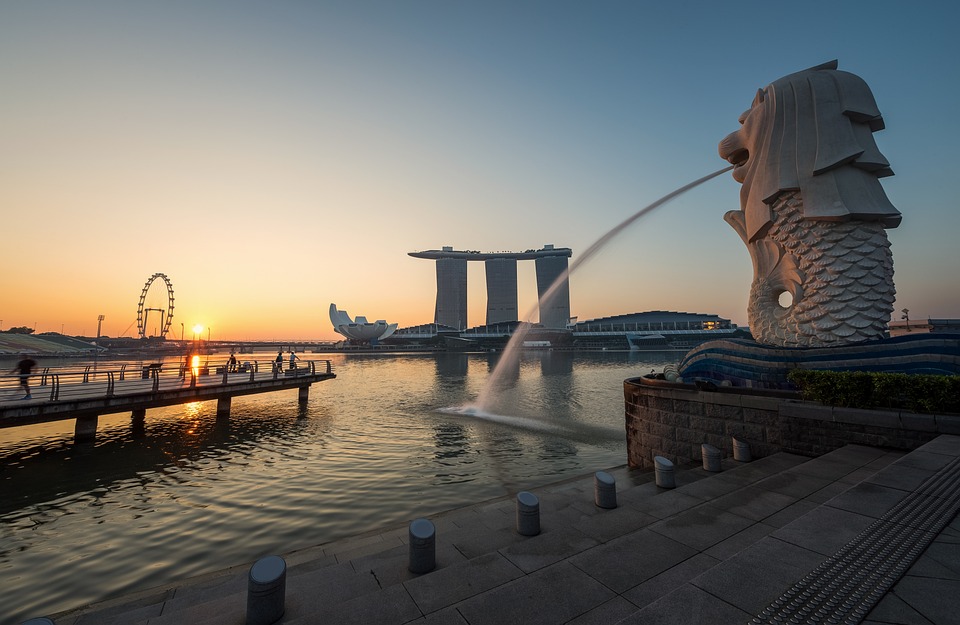From its humble beginnings in the Elizabethan era to the lavish and grand productions on Broadway, the evolution of theatre has been a fascinating journey filled with vibrant characters, breathtaking stories, and the constant quest for innovation. Shakespearean plays and the emergence of Broadway marked significant milestones in the ever-evolving world of theatre. Exploring this evolution involves delving into the unique styles, themes, and influences that have shaped the art form over the centuries.
To understand the evolution of theatre, one must first travel back in time to the late 16th century, the era of William Shakespeare. The Bard of Avon revolutionized the theatrical landscape with his insightful plays and intricate characters. Shakespearean plays, such as “Hamlet,” “Romeo and Juliet,” and “Macbeth,” brought to life timeless themes of love, tragedy, and power. The playwright’s use of language, poetic verse, and complex plotlines captivated audiences with their ability to explore the depths of human emotion and challenge societal norms.
Shakespeare’s plays were performed in the pinnacles of Renaissance theatre – the open-air venues such as The Globe Theatre in London. Patrons from all walks of life gathered in these wooden structures to witness the spectacle of live performances. The influence of Shakespeare’s works reached far and wide, and his legacy continues to shape theatre today.
As the years went by, the 17th and 18th centuries saw a departure from the opulence of the Globe and the rise of more controlled theatrical spaces. Indoor theatres, such as Drury Lane Theatre in London, emerged as prominent venues. The advent of artificial lighting, better acoustics, and more elaborate stage designs allowed for increased experimentation with set designs, special effects, and diverse acting techniques.
During this era, playwrights like Molière in France and Henrik Ibsen in Norway brought realism to the forefront. Molière’s comedies, such as “Tartuffe” and “The Misanthrope,” satirized the manners and hypocrisies of French society. Ibsen delved even deeper, addressing social issues and exploring the human psyche in plays like “A Doll’s House” and “Hedda Gabler.” These playwrights challenged traditional theatrical conventions and introduced a new form of storytelling that focused on the complexity of the human experience.
The late 19th century witnessed the birth of the modern theatre movement, with innovators like Anton Chekhov, George Bernard Shaw, and Constantin Stanislavski leading the charge. Chekhov’s plays, like “The Seagull” and “Uncle Vanya,” brought a new sense of naturalism and introspection to the stage. Shaw, with plays like “Pygmalion” and “Man and Superman,” used theatre as a vehicle for social commentary, challenging societal norms and advocating for change.
Meanwhile, Stanislavski’s groundbreaking work in Russia revolutionized acting and directing techniques. Stanislavski, the founder of the Moscow Art Theatre, emphasized the importance of psychological realism and truthful performances. His system, known as the Stanislavski Method, focused on creating authentic characters by delving into their motivations, emotions, and inner worlds.
The early 20th century witnessed another significant transformation with the emergence of Broadway as the epicenter of American theatre. Broadway, located in New York City, became synonymous with grandiose productions, breathtaking musicals, and a glitzy theatrical experience. It quickly became a hub for aspiring actors, writers, composers, and directors from around the world.
Musical theatre took center stage on Broadway, combining the magic of music and dance with compelling storytelling. Pioneers like George and Ira Gershwin, Cole Porter, and Richard Rodgers and Oscar Hammerstein II composed masterpieces that would go on to become timeless classics. Shows like “Oklahoma!,” “West Side Story,” and “The Phantom of the Opera” pushed the boundaries of what could be achieved on stage, employing larger orchestras, intricate choreography, and dazzling set designs.
Broadway’s success also owes itself to the practice of adapting novels and films into musical productions. This trend began with groundbreaking shows like “My Fair Lady” and “The Sound of Music,” which took beloved stories and brought them to life through music, lyrics, and choreography. From there, Broadway expanded into original works, producing modern classics such as “Rent,” “Hamilton,” and “Dear Evan Hansen.”
Technology played an integral role in shaping modern Broadway. Advances in lighting, sound design, and stagecraft allowed for imaginative and immersive theatrical experiences. The use of innovative set designs, projection mapping, and special effects created a new era of spectacle, captivating audiences like never before.
Furthermore, the expansion of theatre beyond the traditional boundaries of Broadway was a defining characteristic of this evolution. Regional theatres, community theatres, and experimental off-Broadway productions all contributed to the diverse and rich theatre landscape in the United States and around the world. These venues nurtured emerging playwrights, actors, and directors and provided platforms for new and distinctive voices to be heard.
In recent times, the ever-increasing audience demand for diverse stories and representation has prompted the theatre community to explore new territories and break down barriers. Productions like “The Color Purple,” “Kinky Boots,” and “Hamilton” have all challenged the status quo and provided underrepresented communities with a platform to showcase their talents and stories.
The evolution of theatre from Shakespeare’s Elizabethan era to the grandeur of Broadway is a remarkable journey that showcases the resilience and adaptability of this art form. From the poetic worlds of Shakespeare to the innovative musicals of today, theatre continues to capture the imagination and touch the hearts of audiences across the globe. As the theatre evolves, it will undoubtedly continue to push boundaries, explore new forms of storytelling, and create unique experiences for generations to come.

